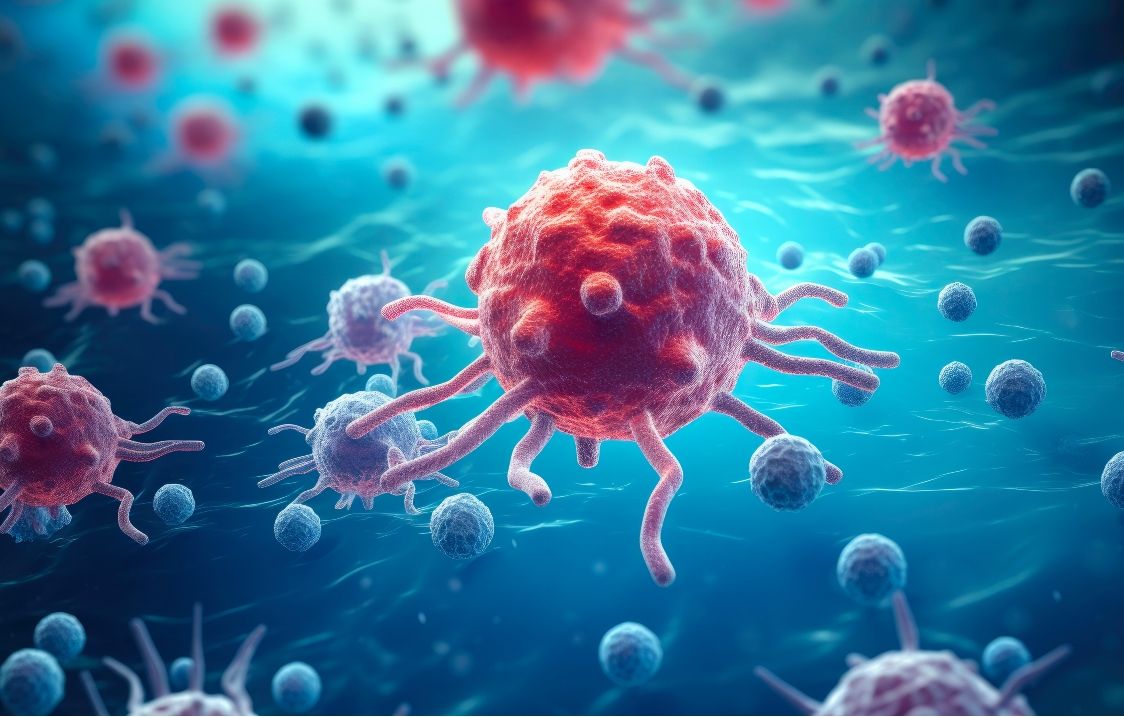News
Article
Uncertainty, Coping Strategies Common Among Patients With AML, High-Risk MDS
Author(s):
Patients with comorbid acute myeloid leukemia (AML) and myelodysplastic syndrome (MDS) expressed a desire to discuss treatment options and maintain normalcy; they were not willing to have conversations involving their prognosis and future.
Patients with relapsed/refractory acute myeloid leukemia (AML) and high-risk myelodysplastic syndrome (MDS) expressed universal themes of uncertainty and expressed a desire to live in the present and maintain normalcy as a means of coping with their illness, according to a qualitative study published in Palliative Medicine Reports.
The patients in this population are unique due to their high prognostic uncertainty and low survival rates, in addition to high rates of health care utilization and low rates of hospice enrollment, according to the study investigators.
Due to a gap in understanding the day-to-day lifestyles of these patients, the investigators conducted their study with a cohort of 14 patients who discussed patient-clinician communication, including prognosis’ given by clinicians and treatment options, according to the study authors.
The investigators wrote that their small sample was sufficient due to a seasoned researcher conducting the analysis, a homogenous study population, and a narrow aim for the study. Notably, 7 of the 14 study participants died within 3 months of the interview taking place, the investigators noted.
Upon analysis, the investigators discovered an overarching theme among the patients: “’Taking One Day at a Time’ in a Fog of Uncertainty.” Their main connection was linking patient-clinician communication—or lack thereof—and coping mechanisms to an overall sense of uncertainty among the patients.
Doctor consulting a patient
Image credit: Talia Mdlungu - stock.adobe.com.jpeg

Beginning with uncertainty, patients discussed with the investigators the unpredictability of treatment outcomes, prognoses in this patient population, and the potential adverse effects of treatment, the investigators wrote. In addition, the patients described their clinicians not knowing all the answers to ease their uncertainty and recognized that they could not predict the future.
Moving to coping strategies, patients discussed positive mechanisms to maintain normalcy as best as possible. These included focusing on the present and enjoying each day as it comes, keeping busy despite their prognosis, receiving support from their friends and family, and refraining from thinking about the worst-case scenario.
At the same time, some patients gave contrasting responses regarding their coping mechanisms; the investigators described a sense of distress and discouragement among these patients as they came to the realization that they were dying, a shift from their early optimism.
Communication between patients and clinicians regarding their potential outcomes and treatment options was highly valued, the investigators wrote. Participants reported that there was positive communication between them and their clinicians, and that they received encouragement and an upbeat attitude from those who were treating them. A few patients held differing positions, as they described a lack of balance between optimistic discussions with their clinicians earlier in the process leading to the present reality that a cure was unlikely.
Interestingly, most of the participants were unwilling to discuss the prospect of their futures with their clinicians despite their comfortability in communicating about treatment options, the investigators found. This was especially true for discussions about when their cancer will worsen.
Further, the patients perceived a lack of communication regarding prognosis; only 3 of the study participants reported being told a timeframe for their prognosis, the investigators wrote. Most of the participants were not ready to discuss the prospect of worsening health until their life expectancy was already short.
The investigators determined that there was an overall value of patient-clinician communication to help with understanding treatment options, but that discussions of more sensitive topics varied among individuals. Some participants even explicitly told clinicians “not to take away their hope,” the study authors wrote.
Regarding coping strategies employed by the study participants, the investigators viewed them as avoidant coping, which involves the patient withdrawing from potential stressors, such as the thought of dying. This was common among patients with solid tumors and high uncertainty, who have shown similar use of these strategies, the investigators wrote.
“Additional research is needed to further understand patient and patient-caregiver dyad perspectives as a foundation to tailor and improve patient-clinician communication strategies,” the investigators concluded.
Reference
Rao V, Linsky S, Knobf MY. Perspectives of patients with relapsed and refractory acute myeloid leukemia and high-risk myelodysplastic syndrome on patient-clinician communication about prognosis and the future. Palliat Med Rep. 2024;(5)1:53-62. doi:10.1089/pmr.2023.0064





